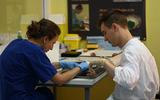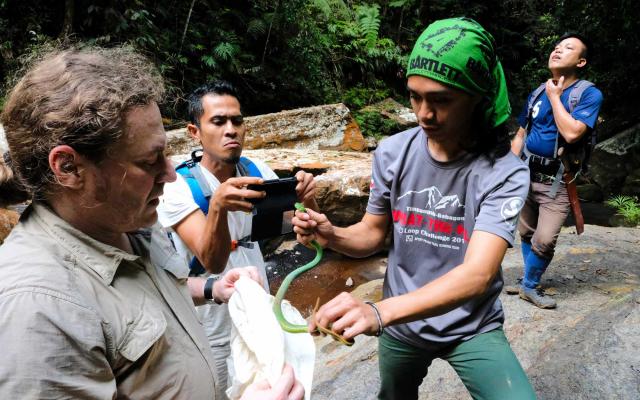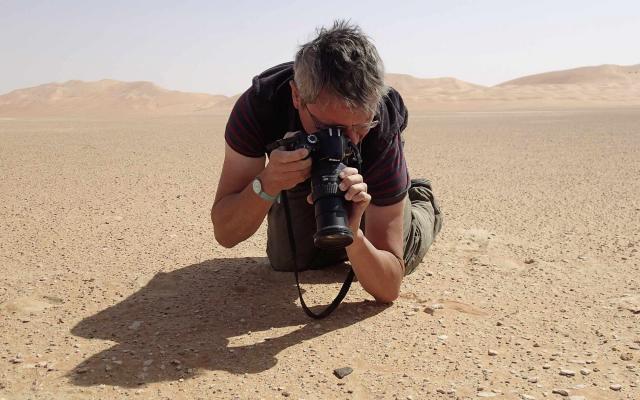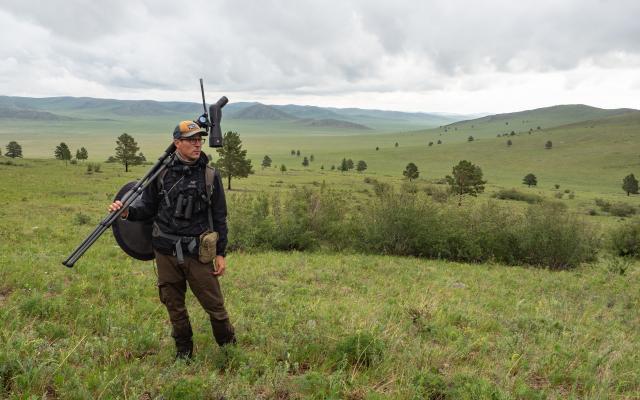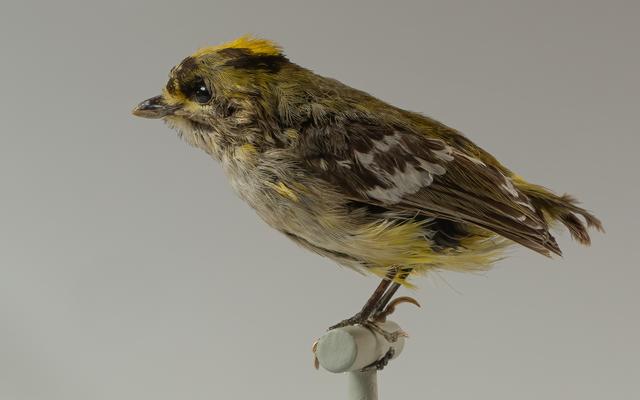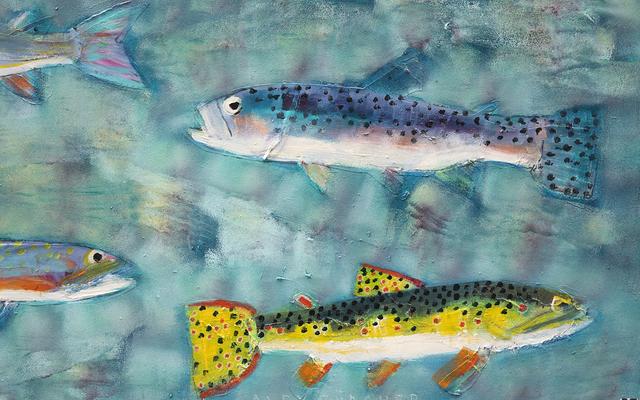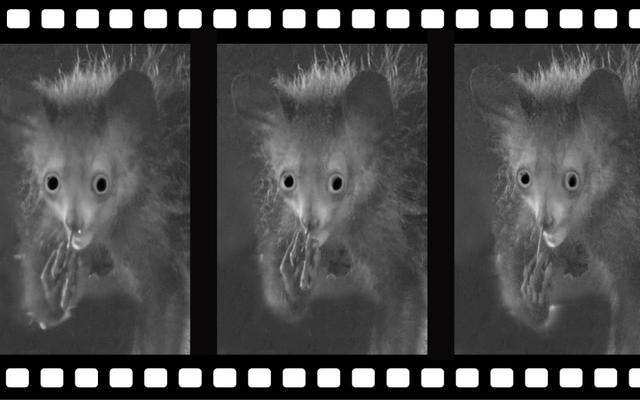Last summer, our mammal curator Dr. Anne-Claire Fabre and her team (Sandro Studer, Constantin Latt and Anthony Herrel) spent two weeks in Cayenne, French Guiana. The aim was to initiate an agreement between the NMBE and Benoit de Thoisy, head of the JAGUARS collection of the KWATA Association at the Institut Pasteur. Biologist Anne-Claire Fabre has been working with the South American institute since 2014. With her team, she spends an average of one month a year in Guyana collecting road-killed animals and obtaining unique biological data on many wild mammal species (microbiome, DNA, fine dissections of each muscle, muscle preparations).
During their last mission, around 20 specimens of kinkajous, raccoons, grey bears, bush dogs, tayras, ocelots and jaguars were dissected. DNA data was collected and the volume and estimated strength of the individual muscles of the head and the forelimbs and hind limbs were measured. The bones were then prepared and scanned. These data are part of the long-term studies initiated by Anne-Claire Fabre, which will enable her to better understand the relationship between bone morphology, muscle strength and volume in relation to the ecology of the animals in order to reconstruct the former way of life of extinct animals (fossils) more accurately.
Observation of biodiversity
Sandro Studer was able to dissect numerous specimens, which were essential for the successful completion of his Master's thesis on the reconstruction of the lifestyle of "bear-dogs", an extinct group of carnivores (Amphicyonidae).
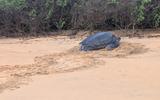
After the long days of dissection were over, the team spent many nights observing the biodiversity on the coast or in the rainforest. They saw numerous leatherback and olive ridley turtles laying their eggs on the beaches. On night walks through the forest, they also saw many different species of marsupials, frogs and snakes.
Returning soon
Anne-Claire Fabre and Anthony Herrel will return to Guyana in December to sign the agreement and continue dissecting and preparing specimens for the museum's collections and for their research.
